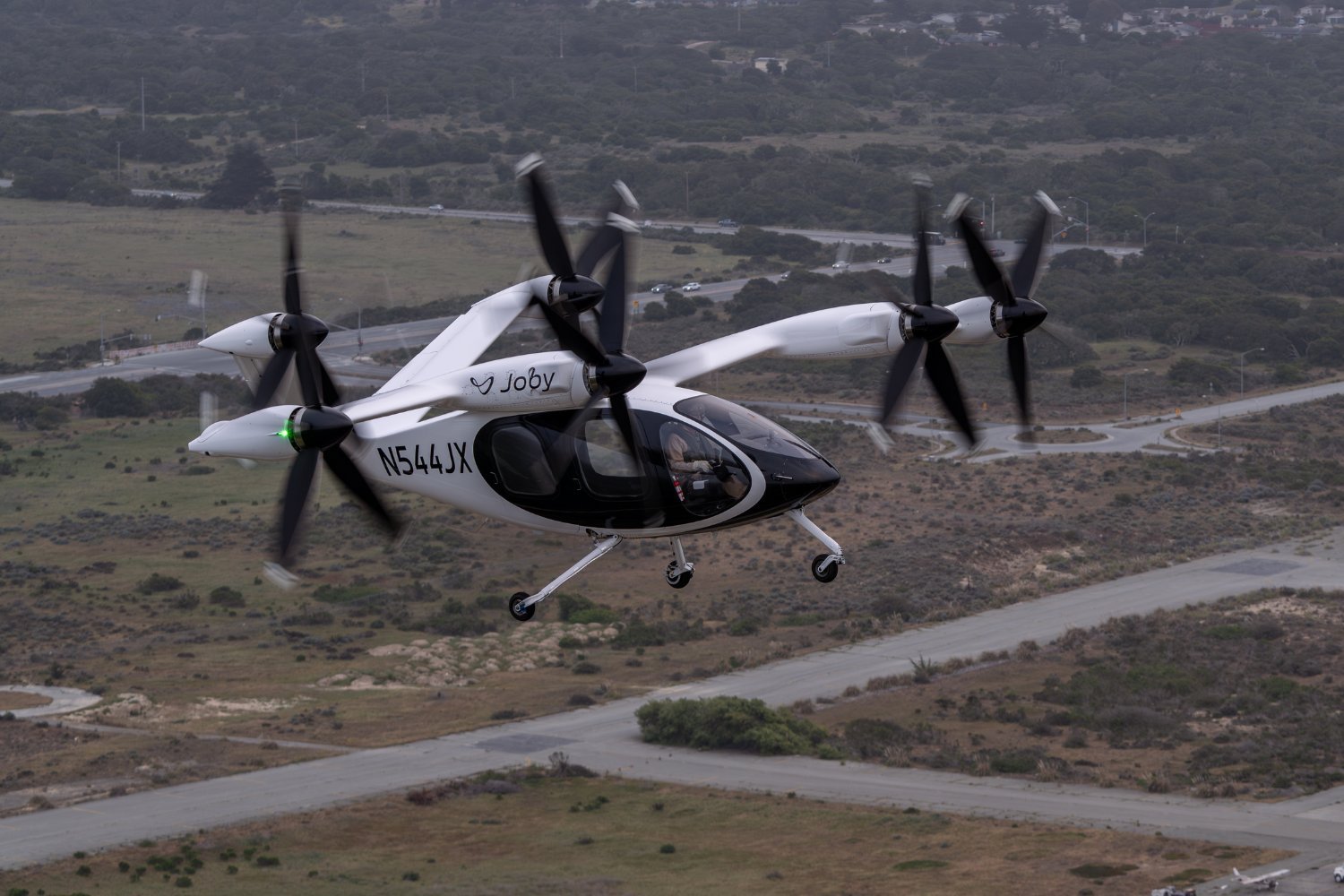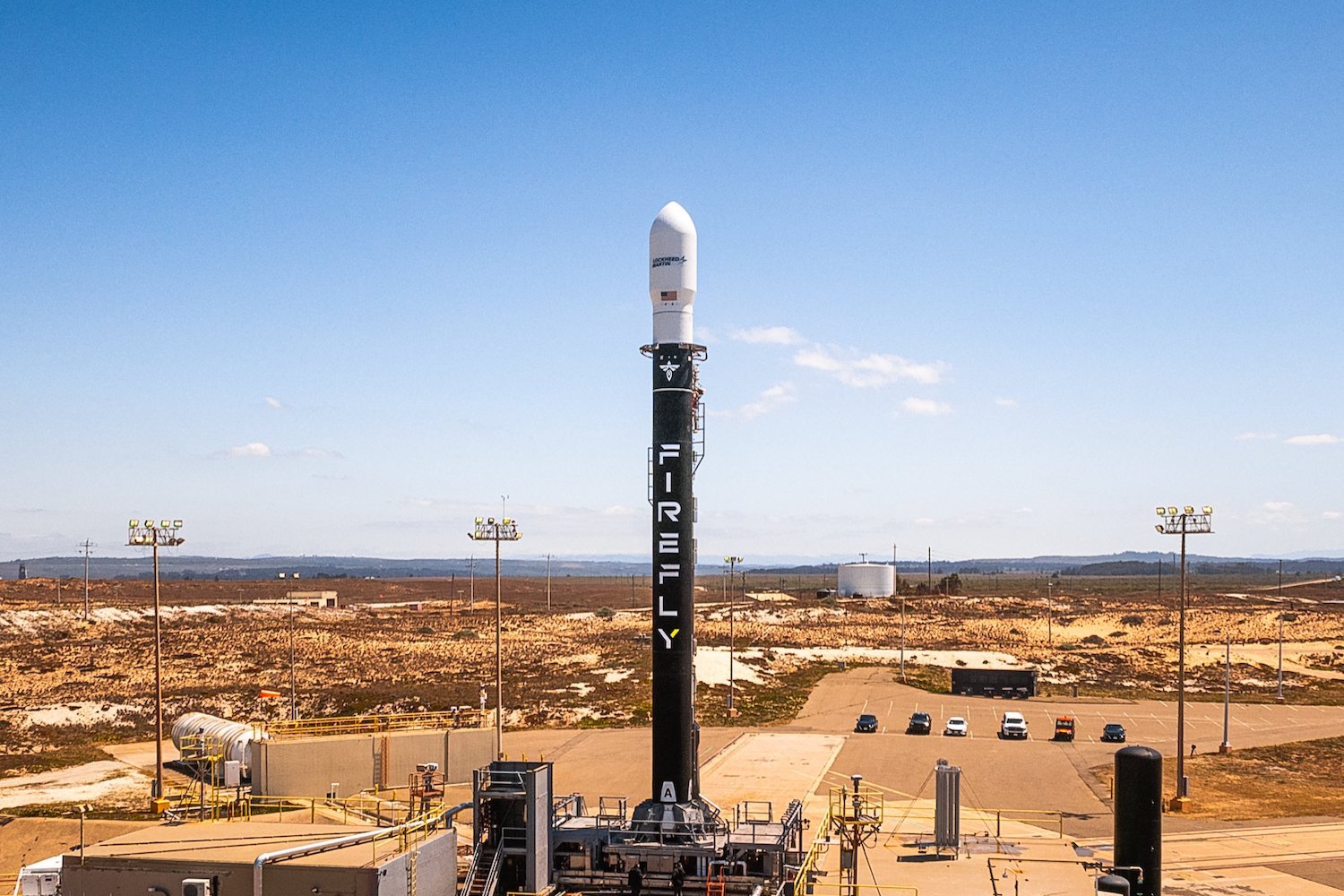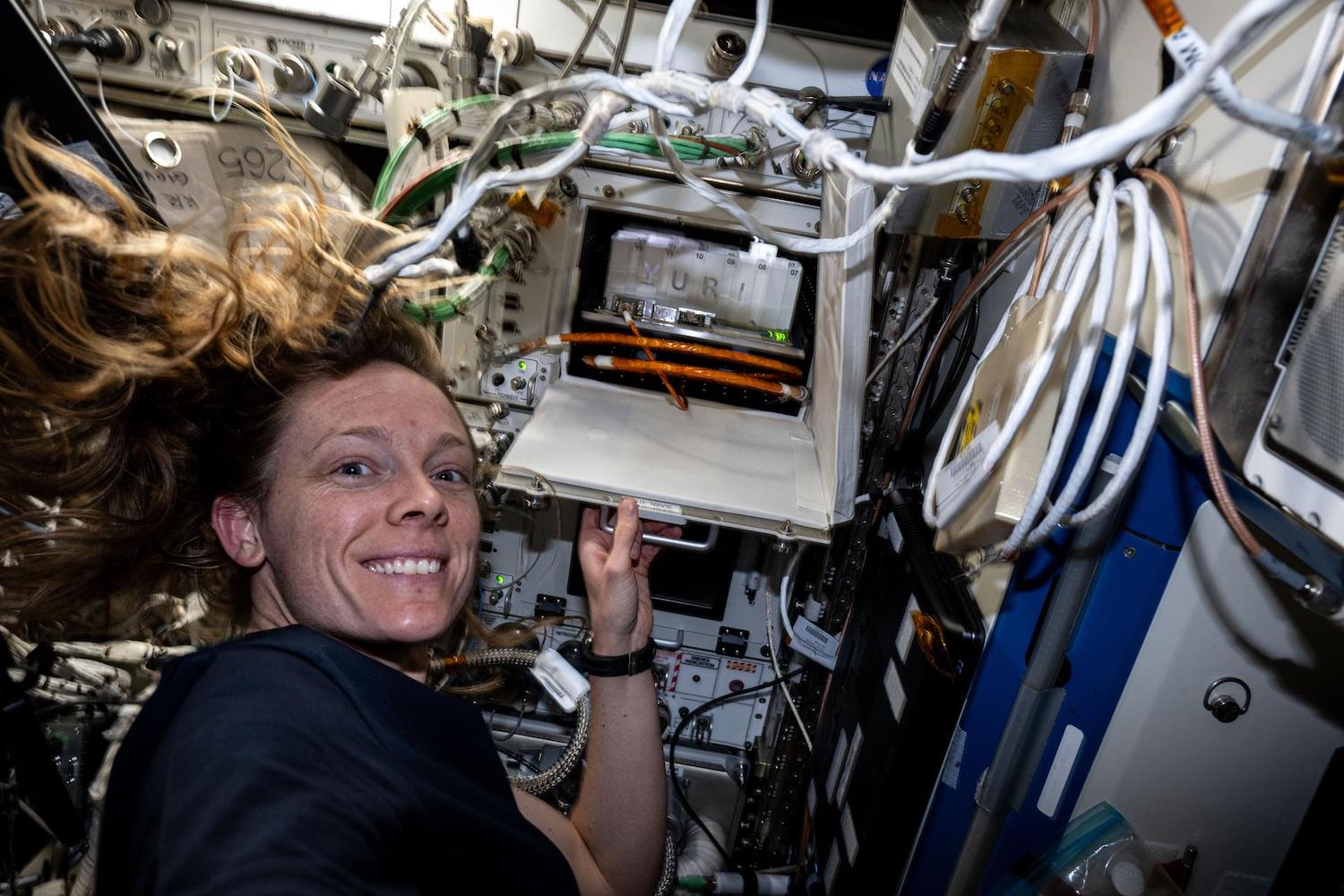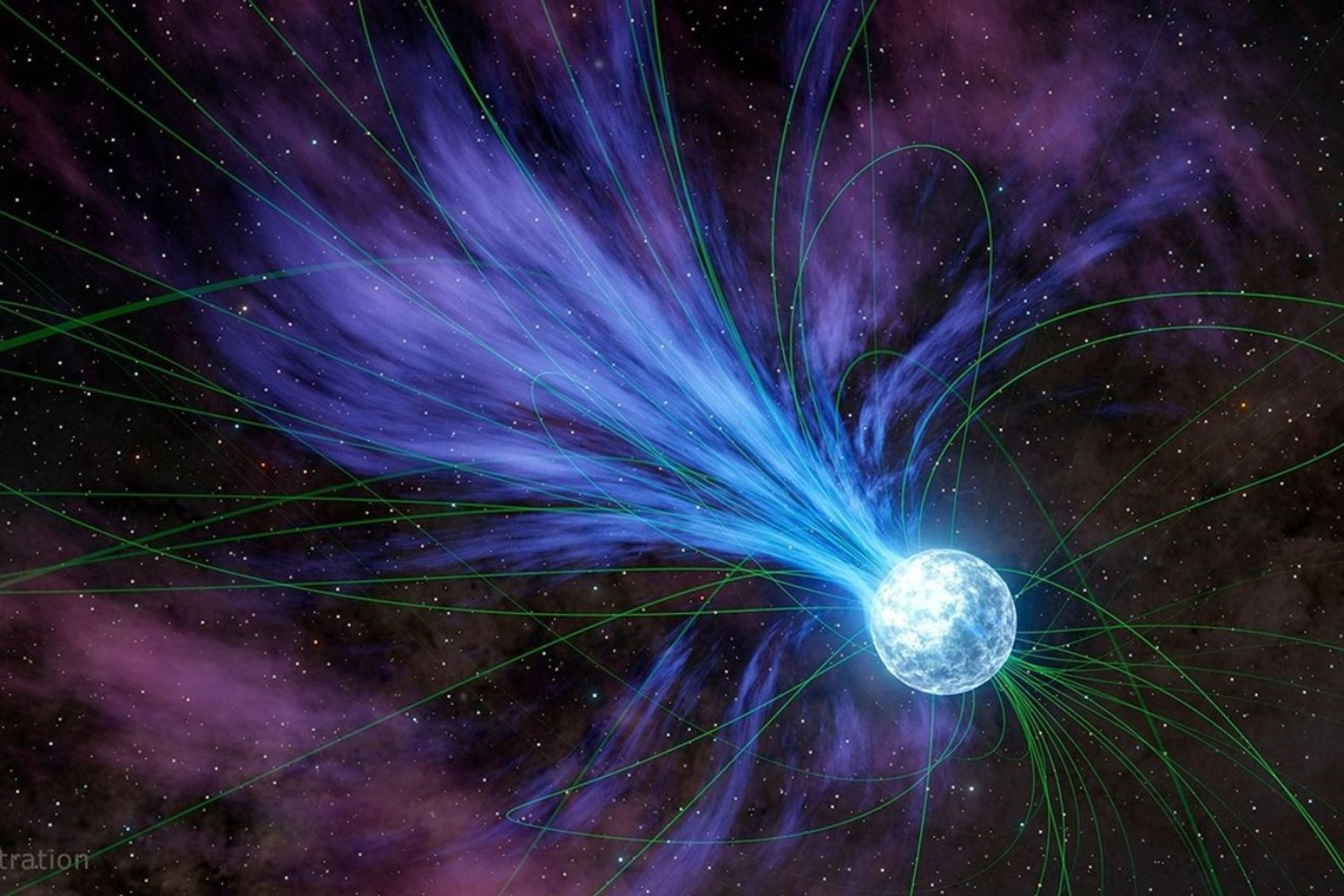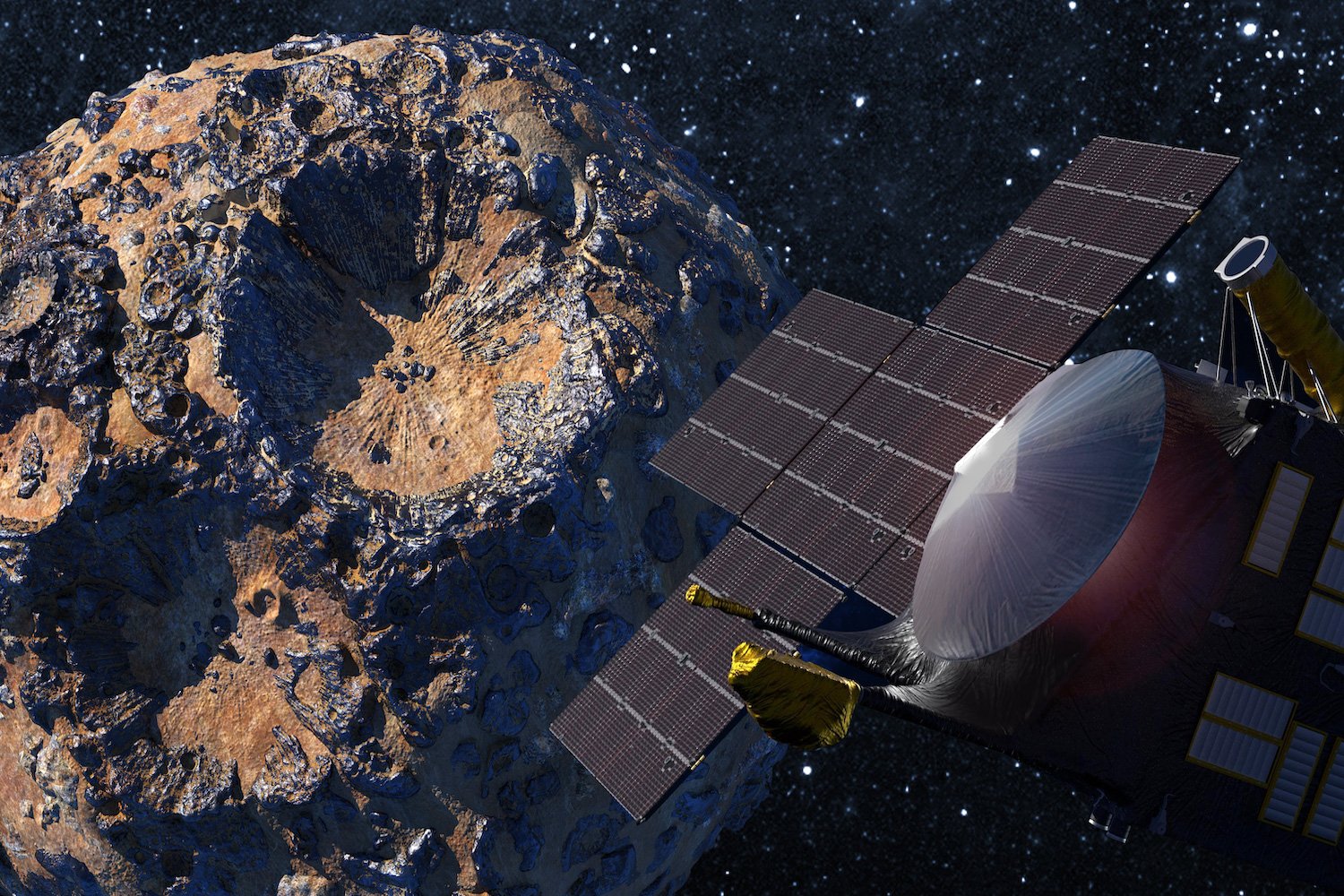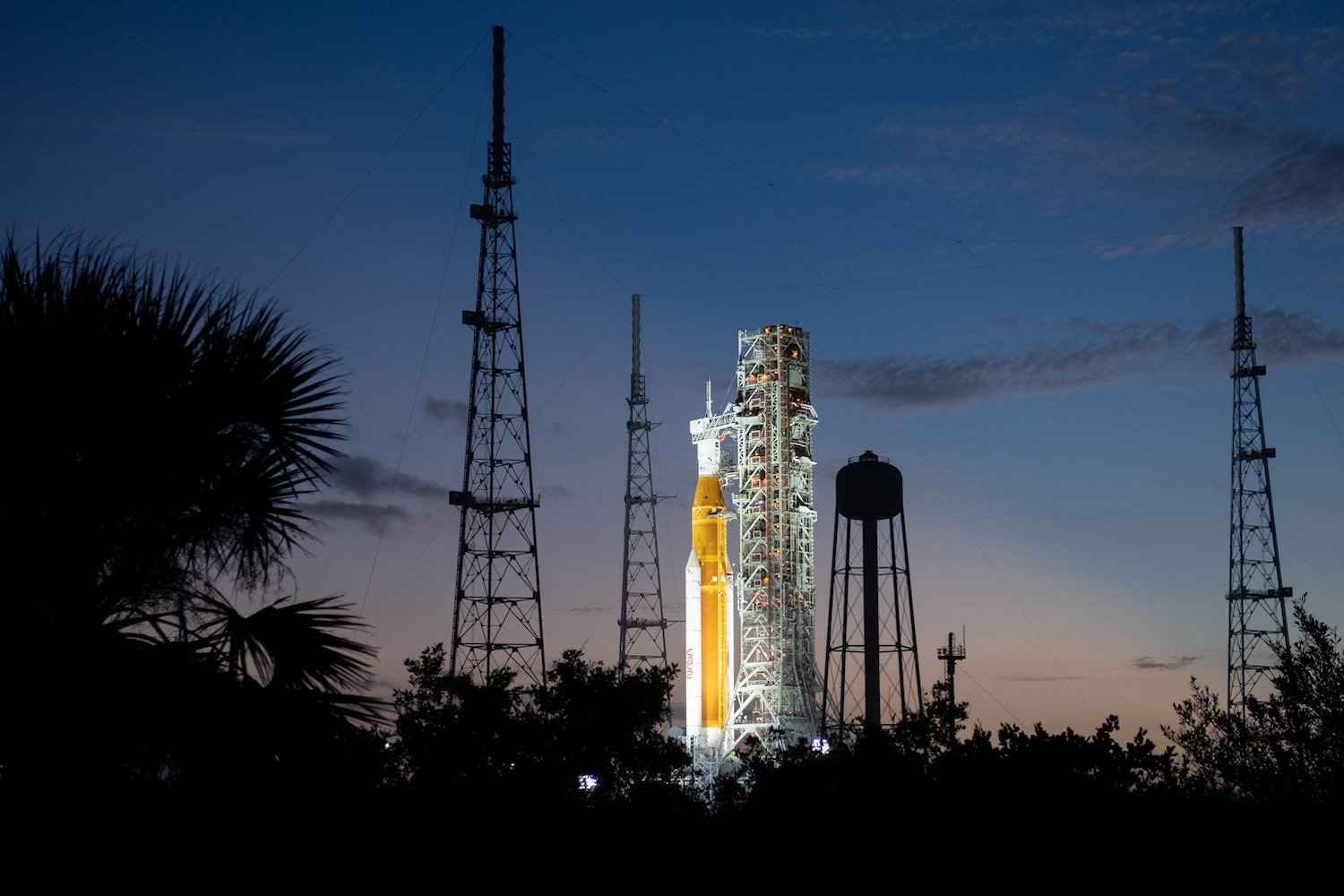Joby Aviation, an ambitious air taxi company, recently achieved a significant milestone in its journey towards Federal Aviation Administration (FAA) flight testing. The company successfully executed a complex in-air maneuver, transitioning one of its six-rotor electric aircraft from vertical hover to horizontal cruise flight and back again, all while piloted. This demonstrated the aircraft’s adaptability and versatility, a core element of Joby’s sleek, electrically powered design.
This pivotal test flight occurred on April 22nd at Joby’s facility in Marina, California, with James “Buddy” Denham, Joby’s chief test pilot, at the controls. Denham, who has a background in designing flight control systems for the F-35B fighter jet, brings extensive experience in advanced aircraft development.
While designed for air taxi operations, not combat, the aircraft, designated N544JX, is engineered for efficiency and passenger comfort. With a maximum speed of 200 miles per hour (322 kilometers per hour), a capacity of up to four passengers, and noise levels significantly lower than a helicopter, it aims to revolutionize urban transportation. Its electric vertical takeoff and landing (eVTOL) capabilities enable operation in densely populated urban areas and locations without traditional runways. As per a Joby press release, the company is on schedule to finalize flight testing by mid-2025, paving the way for initial passenger flights in the Middle East.
“Designing and flying an aircraft capable of seamless transition between vertical and cruise flight has long been a significant challenge in aerospace,” stated Denham in the release. He added, “The aircraft performed precisely as anticipated, demonstrating excellent handling and low pilot workload.”
This achievement wasn’t a stroke of luck. Joby has accumulated over 40,000 miles (64,374 km) in test flights, including hundreds of transitions between vertical takeoff and cruise flight modes. While the FAA certified Joby’s air taxi for passenger transport in 2022, a year after the company went public, further steps remain before commercial operation. Joby’s fleet of five electric air taxis regularly performs piloted vertical-to-cruise transitions, recently completing a full flight cycle, from horizontal cruise to vertical landing, under pilot control.
The next major hurdle is the Type Inspection Authorization (TIA) flight testing with FAA pilots. TIA testing is a critical phase in the certification process, rigorously evaluating the aircraft’s performance and safety standards for commercial passenger operations.
While challenges remain, including upcoming tests in the Middle East, Joby Aviation’s innovative air taxis are steadily progressing towards potential integration into U.S. airspace. The company’s recent successful transition test marks a significant step forward in the development of this revolutionary transportation technology.



